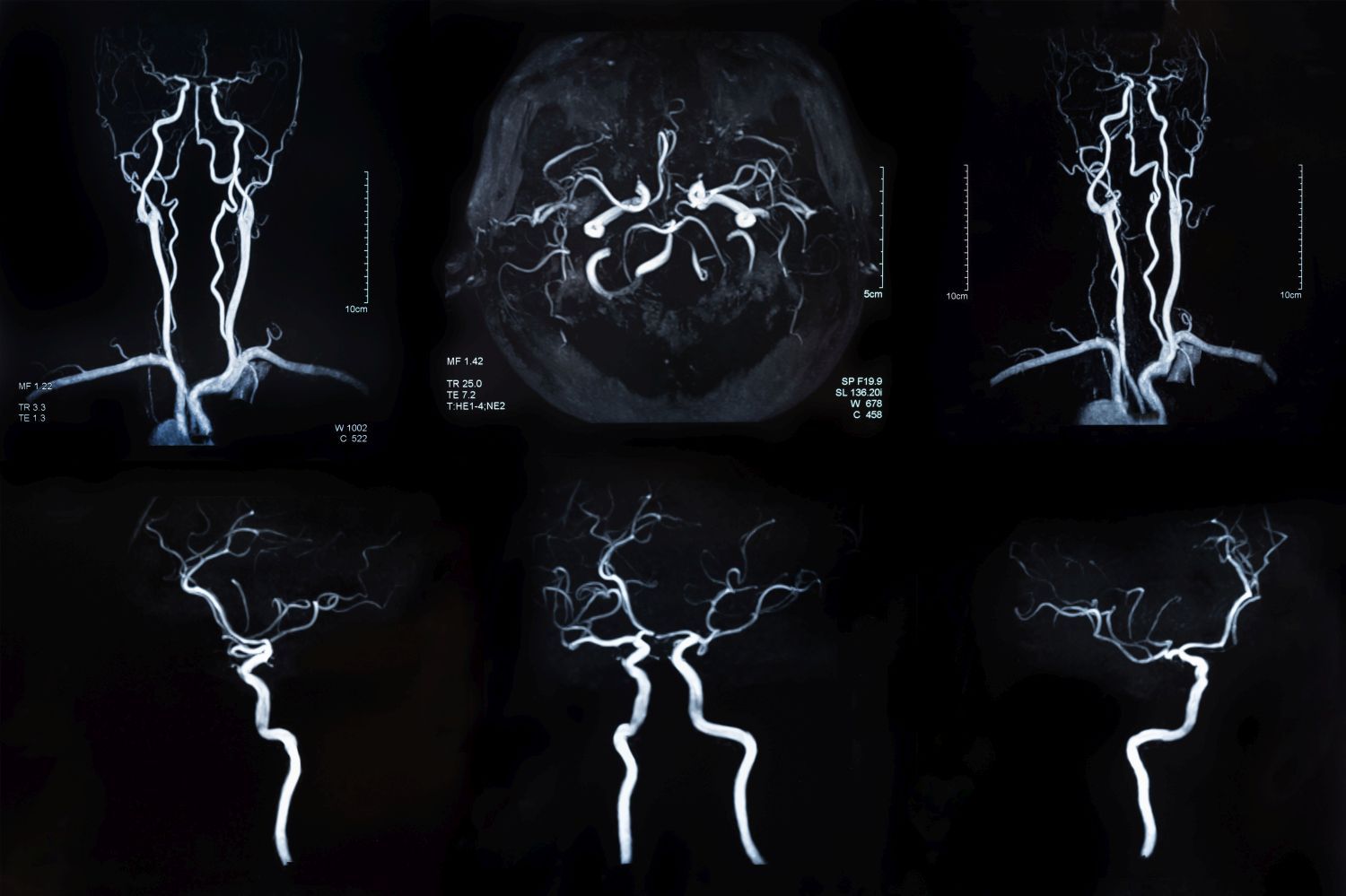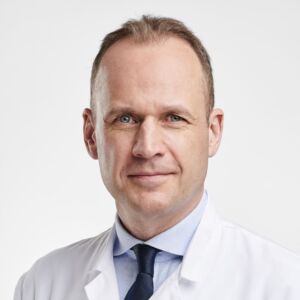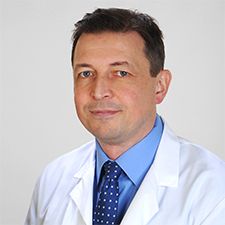They are considered ticking time bombs: aneurysms. However, an aneurysm does not always have to be operated on if it is detected early and well monitored. And if they do, they look for the gentlest and most suitable treatment method.
An aneurysm is initially small, grows slowly, causes no symptoms and therefore goes unnoticed for a long time. The bulge in the vascular wall of a blood vessel acts like a small balloon. If this loses much of its elasticity over time and expands too much, the aneurysm can eventually rupture, causing bleeding inside the body – a life-threatening condition that requires emergency surgery.
Widespread – hardly known
Aneurysms most frequently form on the aorta, the main artery in the abdomen or chest. “4-8 percent of men over 65 and 0.5-1.5 percent of women over 65 have an aortic aneurysm of at least three centimetres in diameter,” explains Alexander Zimmermann, Director of the Clinic for Vascular Surgery. Brain aneurysms, the second most common form, occur in 2-3 percent of the population.
Apart from a few congenital aneurysms, most develop in the course of life. “One factor here is the normal ageing process, as blood vessels automatically become less elastic with age,” explains Zsolt Kulcsár, Clinic Director of Neuroradiology. If other factors that are harmful to the cardiovascular system such as smoking, high blood pressure, obesity or high blood lipid levels are added to this, the risk of developing an aneurysm increases. “Controlling vascular risk factors is therefore an important measure to prevent serious consequential damage,” emphasizes Luca Regli, Clinic Director of Neurosurgery.
Regular checks
Because aneurysms usually do not cause any symptoms, they are often discovered by chance during an examination. At the USZ, they are then assessed and treated on an interdisciplinary basis. Special imaging techniques and other tests are used to analyze the size and composition of the tumor. “With the majority of aneurysms, there is no acute danger. They just need to be checked regularly,” explains Alexander Zimmermann. Regular follow-up checks allow growing aneurysms to be detected early and, if necessary, treated more safely. “We also provide advice on lifestyle changes. This has an influence on how an aneurysm develops,” adds Zsolt Kulcsár.



